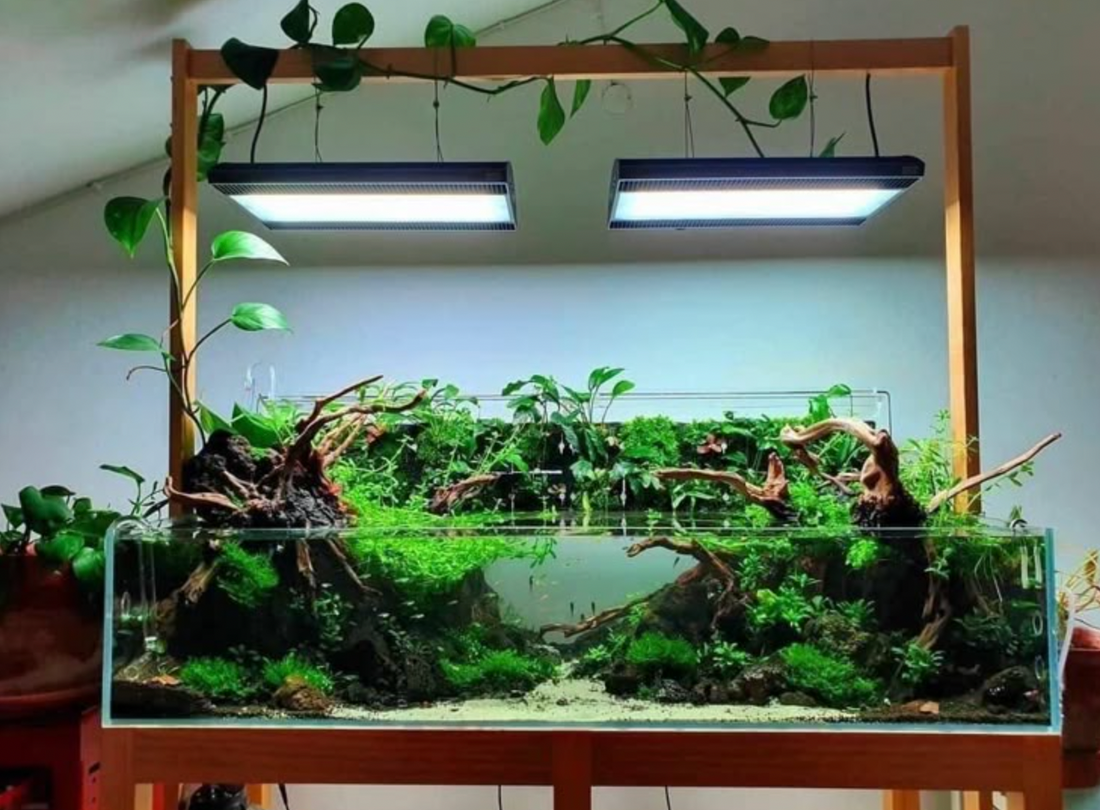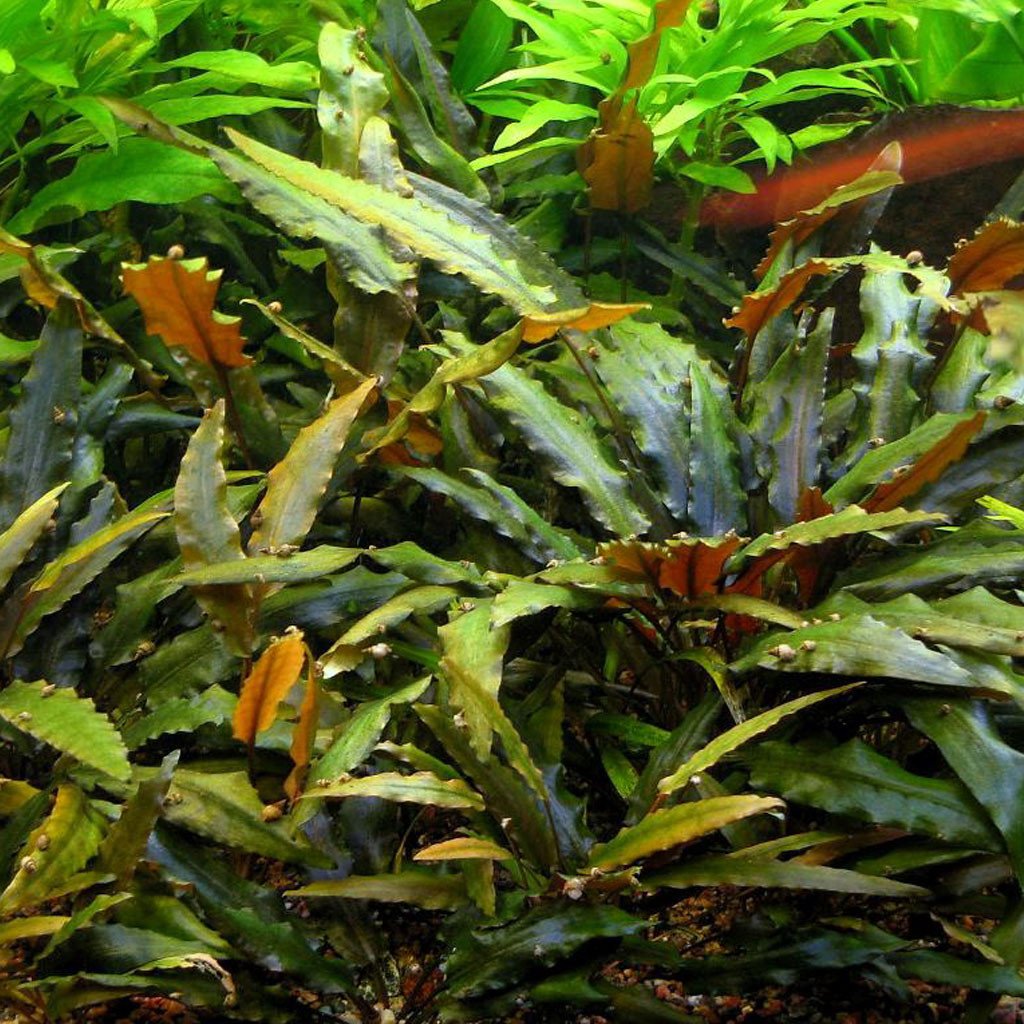
How to Build a Low-Maintenance Jungle Tank That Runs Itself
Imagine walking into your room and seeing a lush, green underwater jungle — vibrant plants swaying, fish darting through driftwood, and crystal-clear water that seems to take care of itself.
That’s the beauty of a low-maintenance jungle tank — a thriving ecosystem that practically runs on autopilot once it’s balanced.
Here’s how to build one step by step.
🌿 1. Choose the Right Plants
A true jungle tank relies on plants that grow fast, compete with algae, and don’t need constant trimming.
Go for hardy, fast-growing species that thrive in a wide range of conditions.
Top picks:
-
Java Fern – Attaches to driftwood and grows steadily without much care.
-
Amazon Sword – Fills in the background beautifully with large, dramatic leaves.
-
Anubias – Great for shaded areas and resists algae on its thick leaves.
-
Java Moss or Christmas Moss – Covers driftwood and rocks, creating that dense “forest” look.
-
Cryptocoryne Wendtii – Adds texture and color variation to your midground.
These plants work together to absorb excess nutrients, keeping the water naturally clean.
🪵 2. Add Driftwood and Hardscape for Structure
Driftwood isn’t just decoration — it’s the backbone of a jungle tank.
Use Malaysian Driftwood, Spider Wood, or Driftwood Stumps to create a layered, natural layout with caves and overhangs.
Attach moss or Anubias to the wood using fishing line or thread.
Over time, they’ll root in and give your tank a wild, overgrown look — just like a rainforest floor underwater.
💡 3. Keep Lighting Simple but Effective
You don’t need high-intensity lights for a jungle tank.
Use a moderate LED light with a 6–8 hour timer — this helps plants photosynthesize without encouraging algae.
If your plants start stretching or losing color, slowly increase the light duration or intensity.
Otherwise, less is more — especially when balance is your goal.
🌱 4. Fertilize the Easy Way
A self-sustaining jungle tank still needs nutrients, but you can keep it simple.
Use root tabs under heavy root feeders like Amazon Swords or Crypts, and an all-in-one liquid fertilizer once a week to support the rest.
This light, consistent feeding keeps plants healthy without overloading your water with excess nutrients.
🧪 5. Create the Right Balance of Life
Fish, plants, and beneficial bacteria work together to keep your ecosystem stable.
Start with hardy species like tetras, rasboras, or guppies, and avoid overstocking.
Add snails or shrimp as part of your cleanup crew to handle algae and leftover food naturally.
The more balanced your biological load, the less you’ll have to intervene.
💧 6. Minimal Maintenance Routine
Once your jungle tank is established, maintenance becomes refreshingly simple:
-
Perform small water changes (10–20%) every 2–3 weeks.
-
Trim plants only when they block light.
-
Clean glass lightly as needed.
That’s it — no constant rescapes, no chemical juggling.
Your plants and microorganisms will handle most of the work.
🌴 The End Result
A well-planned jungle tank doesn’t just look amazing — it becomes its own living ecosystem.
You’ll spend less time cleaning and more time enjoying a thriving, self-sustaining world right in your home.








